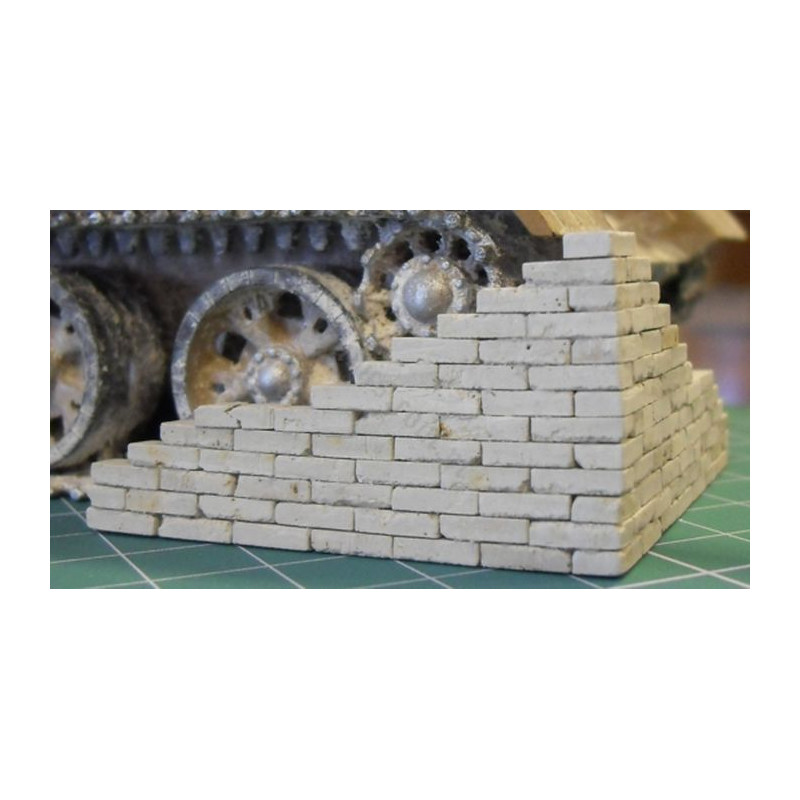Brick is a very old invention. In fact, no one can say when the first bricks were used. The first indications show a period of seven thousand years back from various places in the Far East. For seven thousand years and in different cultures and depending on the availability of materials, knowledge of their use, the brick was created from the most diverse semi-finished products. At the beginning of its career in construction it was dried in the sun, and about two and a half thousand years back, along with the use of clay, it began to be fired in special kilns. The breakthrough in the use of brick was the invention of cement. One of the earliest references to the use of cement for bonding bricks comes from the vicinity of Vesuvius, from whose dust a binder was mass-produced, where the very dust was today's equivalent. In the 19th century, with advances in technology, bricks began to be made from the most diverse materials in several technologies. Since the 19th century, the most common materials for making bricks have been clay, lime, sand, cement, and the two most commonly used technologies are firing and steaming
In addition to bricks, other materials that are and were shaped like bricks are used in the construction of buildings. These include limestone, sandstone, sometimes marble and granite, among primitive peoples and tribes even livestock droppings mixed with hay, hollow blocks made from hash, mortar with gravel, sand, cement foams, etc. There have also been attempts to use waste from cement plants or even chimneys of steel mills and coal-fired heating plants
The brick we are introducing is the first installment of several types we want to offer modelers for creating diorama elements or entire building structures. We have made a long introduction to show that although we have escalated ours to scales from 1:32 to 1:35 (its dimensions are centered) it can be used as a building material in other scales. It could be Ukrainian or Prussian bricks for 1:25 or hollow blocks for 1:72 scale, or limestone staves for 1:16 scale from the Mediterranean. More! Each brickyard and each brickmaker at different times, produced bricks of different dimensions. Most often, only the proportions of 1x2x4 were preserved. it was only in the last century that the standardization of dimensions began in earnest. Although even this often applies to a region (country, land, segregated community, cultural accretions, material requirements, etc.). Actually, only imagination limits its application. In a word, it is impossible to accurately scale a brick to a universal scale.
Description:
Our brick does not have a perfect edge texture, and thus it fantastically reflects the fidelity of usable buildings in no small part naturally damaged by weathering. This can be seen in detail in the attached photographs. The brick is not stained and is light gray in color. Bricks can be painted or stained. A very good technique is painting with a brush, by dipping or airbrushing. For gluing you can use RED glue mixed with water in a ratio of 1:1 and a small addition of cement
- The bricks are made of gypsum
- Scale 1:32 / 1:35
Can be used in other scales depending on the specifics of the material used that you want to show in the model
Dimensions:
- Height: 2 mm
- Width: 3.85mm
- Length: 7.55mm
The set includes 100 bricks. The set comes with a few spare bricks for possible breakages.










